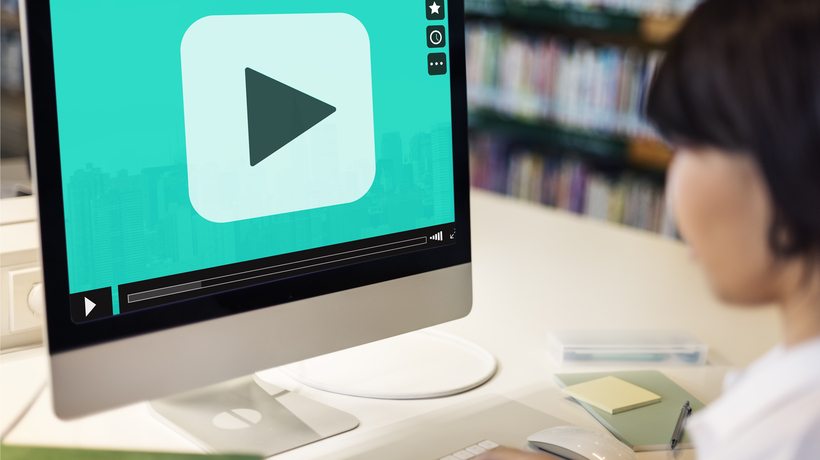How To Effectively Use Video In eLearning
Video has long been an essential part of education, but it was the rapid development of the internet and ever-growing bandwidths that made it as ever-present and universal as it is today. This new media environment makes for a host of new and unusual applications of video for educational purposes. However, all these opportunities are only any good if you know what you are doing; it doesn’t matter how high your production values are if you are unable to incorporate your video into the bigger picture cleverly. In this article, we will cover some of the best and most useful tips on doing just that.
1. Place Videos At The Audience’s Focus Points
Videos possess enormous potential when it comes to bringing an experience to life and adding visual elements to it. Although the text is often easier to perceive and skim through, videos are more likely to hook the viewer's attention and set him in the right frame of mind. Thus, although videos can effectively work in any part of a course, consider placing them where they are most likely to be viewed: e.g., in the beginning, to provide an attractive preview of the content that is to follow, or in the end, to summarize what the audience was supposed to learn by that point.
2. Treat Every Video As A Part Of A Larger Program
When you work on a video (or hire somebody to produce one for you), you shouldn't treat it as an individual, isolated piece of educational material. It should always be a part of a larger whole, connected to other videos dedicated to related topics, textual information supporting the subject of the video and so on. Accompanying video materials with transcripts is also a good idea because it makes it easier for somebody who has already watched the video clip to find a place he wants to pay special attention to. You should also take it into account that there are plenty of people who dislike videos in general, believing them to be inconvenient, so make sure you present the same information in other ways for their sake.
3. Make Videos Interactive
Videos are excellent when you have to demonstrate how to do something (or not to do, for that matter) and have multiple other advantages, but they do have one serious drawback: watching a video is an entirely passive endeavor, even more so than reading a text. When you read, you have to apply your attention to perceive letters on the screen, form them into words and sentences and decipher their meaning. No matter how automatic it is, it still requires your active participation. When you watch a video, however, one doesn’t have to do all this, which makes one’s mind likely to drift off and get distracted. This can be averted through the use of interactivity: make it necessary for the viewer to make decisions in the course of watching to maintain his attention and engagement. Integrating videos with quizzes and collaborative learning with the help of eLearning software can also work.
4. Employ The Power Of Microlearning
Microlearning is an approach to education that emphasizes small, short-time learning activities. The idea is to provide a strong focus on a single point for a short period of time instead of elaborating on the subject. In terms of video integration, it means that you should avoid using overly long clips: it is better to use multiple short videos interspersed with information presented in other forms (text, quizzes, diagrams, etc.) so that the audience doesn't get bored and is able to concentrate on one thing at a time.
5. Cater To Different Learning Styles
All people perceive information differently and prefer different media. Despite the popularity of video and audio content in general, there are plenty of people who have trouble following video presentations and prefer their educational materials in textual form. It is a bad idea to cater to only one kind of learners since by neglecting the needs of all the other types, you lose potential clients and make them very unlikely to be interested in any other course by you. Thus, you should try to accompany each video with a transcript and captions. This not just makes it easier for textually-oriented people to study but also creates an additional medium through which all the students are going to perceive your material, thus reinforcing their learning efforts.
6. Compress Your Videos
Although average bandwidth today allows almost everyone forgets about buffering, you should also take into account that a significant portion, if not the majority of your users, is going to access your courses using mobile devices, which often suffer from worse than average connection speeds. Therefore, large uncompressed HD videos may take a lot of time to load without providing any improvements in terms of visuals on small screens. Make sure you compress your videos enough to be immediately available no matter what kind of network the client uses.
Video can be an extremely powerful tool when applied to eLearning especially if you know what you are doing. Play your cards wrong, and what you get will be overly long, boring, unengaging video clips the viewers will fail to watch to the end. The tips we’ve mentioned don't cover everything one needs to do to use video in online courses effectively, but they do give one a good place to start. So try using them right now!









